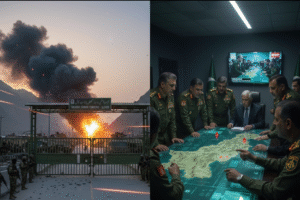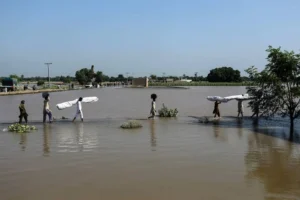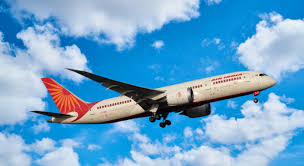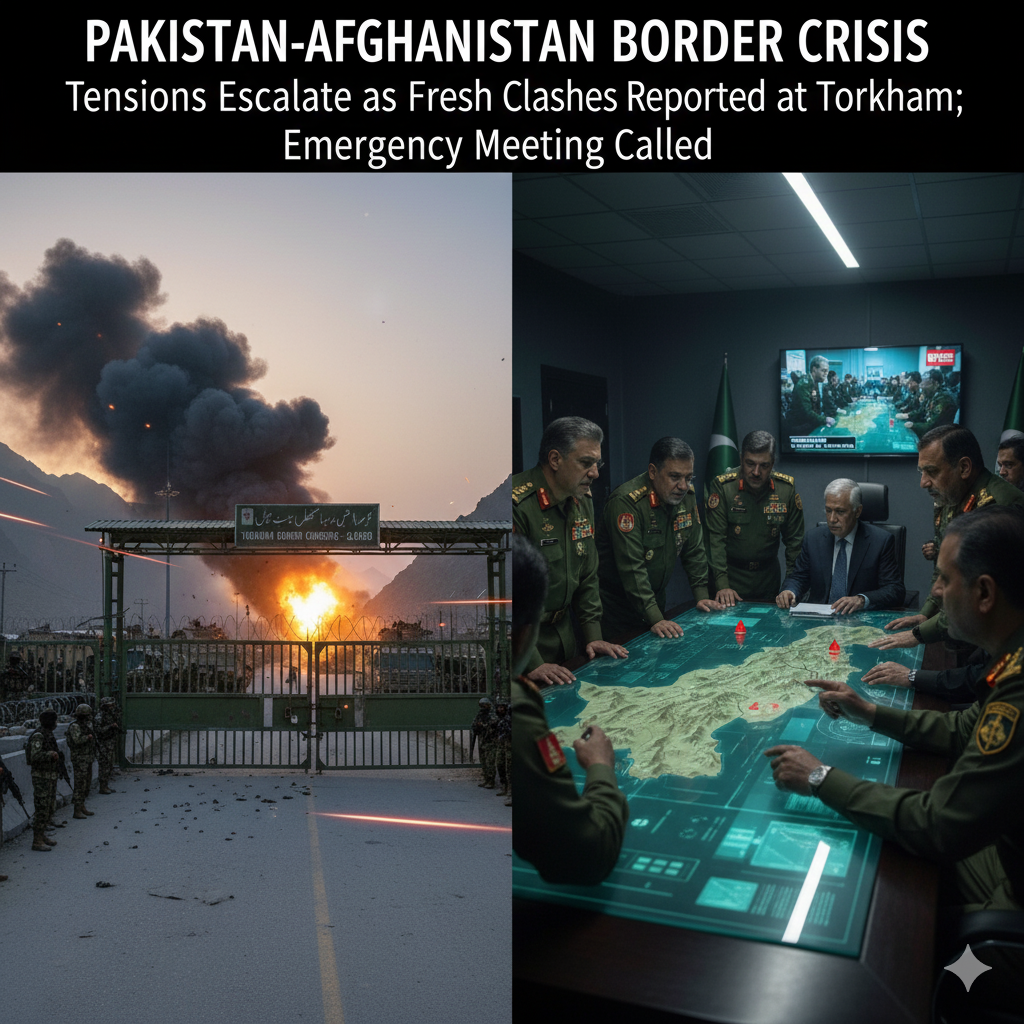In a major development that will affect aviation and diplomatic relations in South Asia, Pakistan Extends Airspace Restrictions for India until October 24, 2025. This decision marks another chapter in the ongoing complexities of regional politics and international travel. For airlines, passengers, and policymakers alike, the move carries serious implications both operationally and diplomatically.
Background of the Restrictions
Airspace has long been considered a sensitive tool for both diplomacy and security. In recent years, airspace restrictions have been used by different countries as measures of protest, protection, or political signaling. Pakistan and India share a vast border and complicated history, and measures such as closing or restricting flight access carry not just logistical challenges but also symbolic weight.
The latest announcement confirming that Pakistan Extends Airspace Restrictions for India means Indian airlines will remain unable to fly over Pakistani territory for another month. This impacts multiple routes, especially long-haul flights to Europe, North America, and the Middle East, as Indian planes must take longer detours to avoid Pakistani skies.
Impact on Indian Airlines
For Indian carriers such as Air India, IndiGo, and Vistara, the restrictions translate into higher operational costs. Flights that would normally take a shorter route through Pakistani airspace now consume more fuel and time, increasing expenses for the airlines and delays for passengers.
Analysts have noted that rerouting flights along alternative corridors can add anywhere between 30 minutes to 2 hours of additional travel time depending on the destination. With each extension, companies are forced to adjust schedules, while passengers face rising ticket prices. The decision that Pakistan Extends Airspace Restrictions for India has therefore created ripples across the Indian aviation industry.
Regional Political Context
Relations between the two countries remain tense, and aviation often becomes one of the first casualties in diplomatic standoffs. Previous airspace closures in South Asia followed military escalations, security concerns, or breakdowns in negotiations. Aviation experts believe that extending restrictions is not merely a technical issue but also a reflection of ongoing distrust.
By keeping its skies closed for Indian aircraft, Pakistan signals its discontent while exerting pressure through a critical regional channel. The continuity of these actions highlights how aviation can act as both a strategic tool and an instrument of diplomatic leverage. Thus, the situation in which Pakistan Extends Airspace Restrictions for India is not only an aviation matter but also a diplomatic maneuver.
Passenger Struggles and Economic Consequences
Passengers traveling between India and destinations in the West have voiced increasing frustration. Many say longer flights not only raise fares but also make travel more exhausting, especially with additional layovers. Reports indicate that ticket costs on several affected routes have already climbed due to fuel surcharges and extended operational hours.
Economically, airlines are not the only ones bearing the cost. Extended restrictions also reduce efficiency in global networks, affecting cargo transport and international trade schedules. Delays in cargo movement translate into lost opportunities for both nations, particularly in time-sensitive exports.
By the time Pakistan Extends Airspace Restrictions for India again in October, cumulative losses from rerouting may reach millions of dollars. Experts warn that if the restrictions continue beyond the current deadline, the financial strain could deepen further.
Security and Strategic Factors
Security experts explain that decisions to shut down or restrict air corridors often stem from broader national security assessments. In South Asia, where historical tensions remain unresolved, skies are as politically charged as ground borders. The extension of these restrictions highlights how airspace remains integrated into broader strategies of diplomacy, defense, and negotiation.
Pakistan’s move ensures it maintains control over a leverage point that directly affects India’s international mobility. In the eyes of analysts, the fact that Pakistan Extends Airspace Restrictions for India this late into 2025 underscores the seriousness with which the issue is viewed.
Diplomatic Responses
So far, Indian officials have expressed disappointment at the decision, though no major retaliatory step has been announced yet. Indian airlines, on the other hand, continue negotiations to ensure that longer routes cause minimal disruptions. Meanwhile, regional observers watch cautiously to see whether dialogue between the two nations could lead to a softening of the restrictions or whether tensions could escalate further.
The international community has had mixed reactions as well. Aviation regulators emphasize the importance of open skies for global efficiency, while diplomatic think tanks underline that sovereign nations reserve the right to manage their airspace in response to political challenges.
Historical Precedents
This is not the first time such restrictions have been imposed. Similar closures in the past followed regional conflicts, creating disruptions for months. Each time, the reopening of airspace signaled some form of thaw or compromise. Conversely, extensions such as this current one represent entrenched political positions.
Analysts argue that just as past crises eventually led to reopening through negotiations, the present situation too may be resolved—though timing remains uncertain. Until then, Pakistan Extends Airspace Restrictions for India, shaping flight schedules and diplomatic dialogues in the region.
Aviation and Diplomacy Intertwined
Not all policy decisions affect everyday citizens as directly as this one. By limiting airspace use, governments exert a tangible effect on travelers, businesses, and supply chains. Aviation, therefore, serves as a stage on which the drama of diplomacy plays out visibly. The longer these restrictions stay in place, the greater the strain on individuals and organizations dependent on smooth air connections.
The cycle of restrictions and extensions has turned the South Asian skies into a barometer of regional political weather. The fact that Pakistan Extends Airspace Restrictions for India repeatedly demonstrates how aviation remains interwoven with national interests and international relations.
Future Outlook
As the October 24 deadline approaches, speculations abound about whether the restrictions will be lifted, extended again, or possibly expanded. Aviation analysts predict that unless there is a significant diplomatic breakthrough, Indian airlines will continue to bear the burden of rerouted flights.
Meanwhile, passengers are encouraged to monitor their bookings closely and expect potential delays or cost increases. The resolution ultimately depends on political will and dialogue, but for now, the regional aviation industry braces for the continued impact of the policy.
In conclusion, Pakistan Extends Airspace Restrictions for India has become more than just an aviation update; it reflects broader regional challenges. While passengers and airlines grapple with extended flight times and higher fares, policymakers use air corridors as instruments of strategy and influence. The skies above South Asia remain turbulent, not from weather, but from the ongoing clash of politics and policy.

















